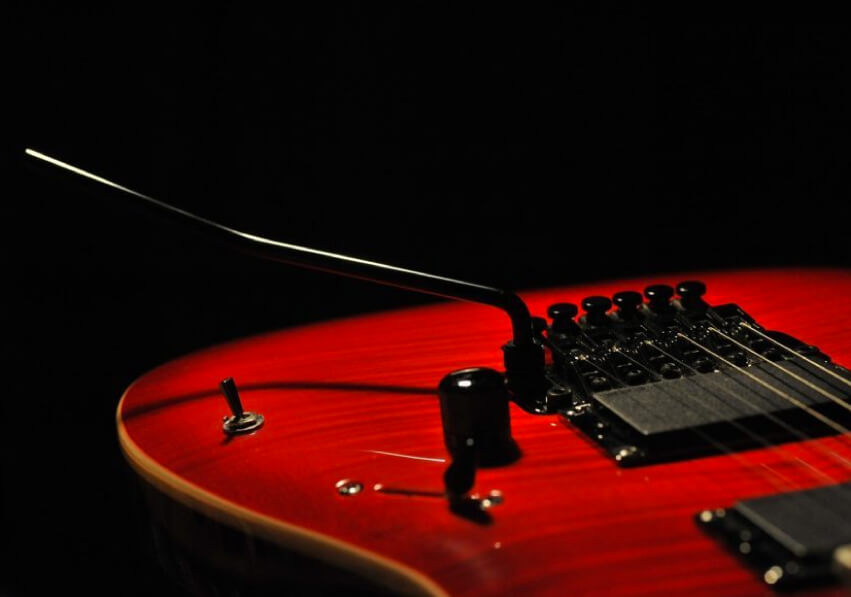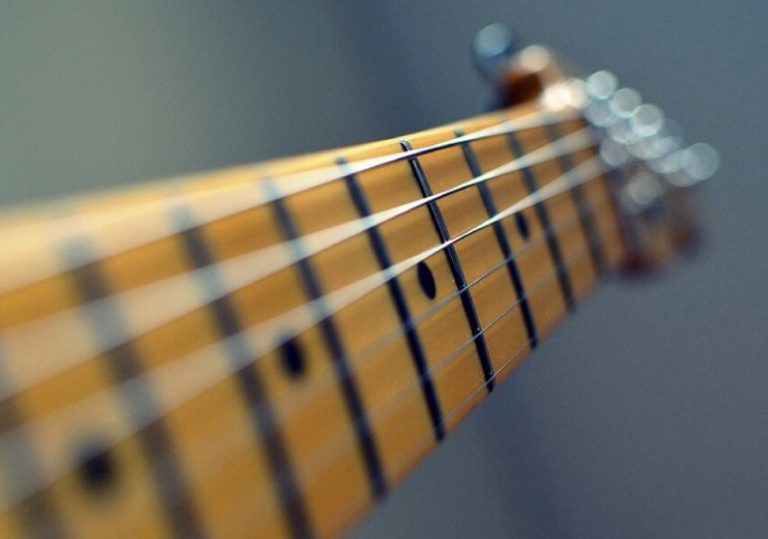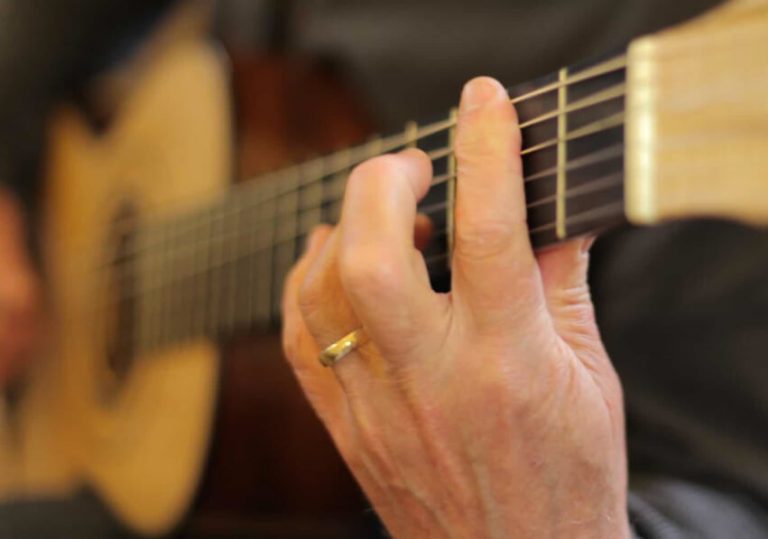Here are some great ideas on how to use all the parts of your electric Guitar a bit more creatively in your playing. How to not just set your volume knobs to 10, your tone knobs to 10, your pickup selector switch to the neck position and your whammy bar just too out-of-the-way. This is how to use all of the tools at your disposal to get some really cool new creative ideas into your playing.
Volume: Swells & Distortion Control
Two things here.
1) Volume swells add interest to your lead parts, make for ethereal overdubs and can produce whale sound effects! Start with the volume knob set to 0. Play your note or chord, then roll the volume up (there are a few different ways to do this – quickly, slowly, up and then back down again to name a few) and hear the music swell. This is very similar to what you’d use a volume pedal for, and is something heavily featured in Mark Knopfler’s highly expressive Guitar playing.
2) Distortion control. If you have lost/ don’t have / can’t afford a volume pedal, all is not lost! Here’s what you can do to still be able to switch between clean and distorted sounds easily: You just set up your distorted sound on the amp as normal, then control it with the Guitar’s volume knob. Set it to 10 for the distorted sound. However, roll it off to 5 and there you have it – A clean sound! Then just switch between them as and when needed by increasing or decreasing the volume.
No-Tone Jazz-Blues
For a really cool approximation of a fat, Jazzy Blues Guitar tone that doesn’t cost the earth, roll your tone knob(s) down to 0, select the neck or neck-middle position with your pickup selector switch and play away. Try it! It’s a very effective way to achieve that kind of old-time, hollow body, fat, muffled, blue Guitar tone without needing a whole other setup and a whole lot more cash!
The Pickup Twiddle
This one’s a more rock lead guitar focused trick. When you’re holding a long, sustained note, quickly push the pickup selector switch back and forth, as fast as you can, between the neck and bridge positions, to create a cool tremolo/vibrato/shuddering effect. This was employed by John Frusciante in this lead Guitar break on RHCP’s Dani California, to great effect, and forces a sense of increased energy into a Guitar part where needed.
The Detune-Retune
Here’s a great way to make the Guitar’s tuning pegs (aka machine heads) a part of your riffing and soloing. This is particularly useful when playing an open string as part of a riff or lead part, so you have your left hand free to do so. You can then use the tuning pegs to detune and retune the string, mid-riff, in time, as part of your Guitar playing. It requires practice, preparation and quick hands (doesn’t everything for us Guitarists) but it is a really cool and unusual sound, used by the incredible Jon Gomm in the main riff in Passionflower.
Shimmering Chords
This is such a nice way to make use of your often neglected whammy bar, other than just purely using it on sustaining the very last note of your solo. A gentle shimmer on some big juicy chords works to great effect for your sound. Again, there’s definitely a spectrum at work here, of how fast the motion, how deep the dip of the whammy bar, and so on. But this can make your chords sound twice as big, and it creates much more of a canvas/wall of sound kind of effect. It’s certainly a very specific type of sound, but employed in the right place it’s really nice.
Good luck working these 5 suggestions into your Guitar playing, and why not try and create your own ways of using the parts of your Electric Guitar? Get creative!


